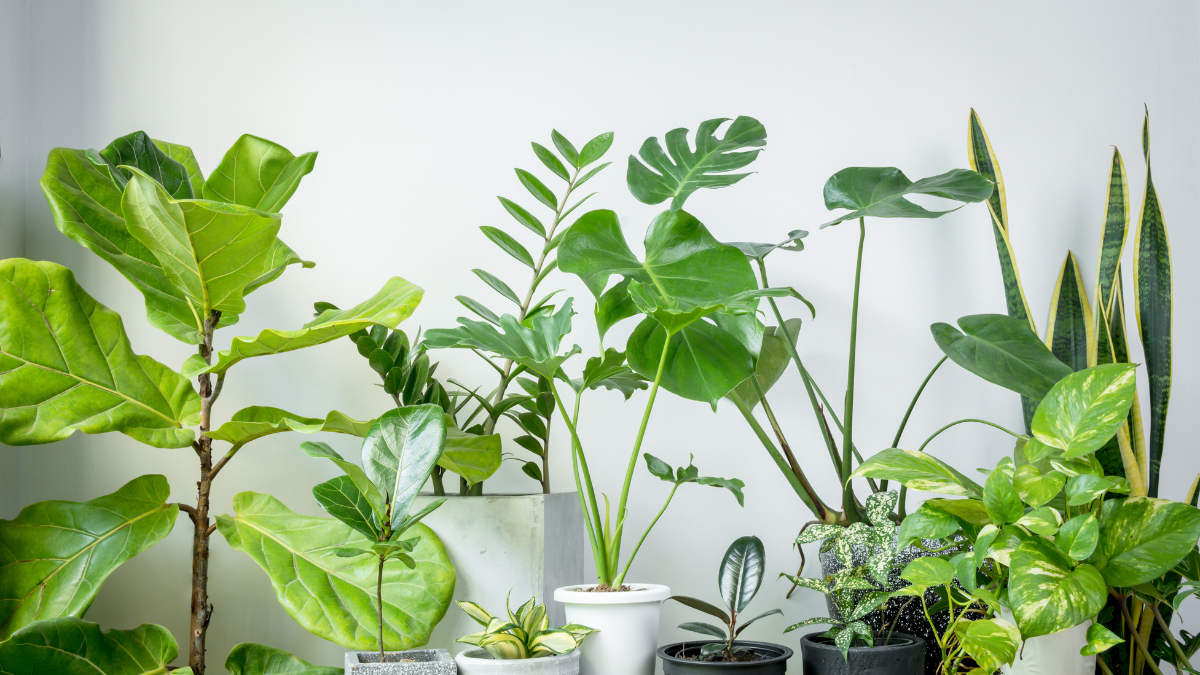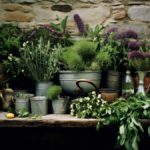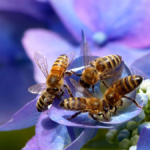As the days grow shorter and the air turns crisper, it’s a sign that winter is fast approaching. While you bundle up and prepare your home for the colder months, don’t forget about your beloved houseplants. Just like you, they need some special care to weather the winter indoors successfully. In this guide, we’ll explore the art of transitioning your green companions from the outdoor summer sun to the cozy indoor winter environment.
The Changing Seasons: Why Indoor Plants Need Winter Preparation
Houseplants are like tropical tourists in your home. They thrive during the warm summer months when outdoor conditions mimic their natural habitat. However, as winter approaches, the challenges become apparent. Shorter daylight hours mean less sunshine streaming through your windows, and the drop in temperature can leave your plants shivering. Here’s why preparing your houseplants for winter is essential:
- Less Light: The most noticeable change in winter is the reduced daylight. Indoor plants require adequate light to photosynthesize and grow. Without it, they can become leggy, lose their vibrancy, or stop growing altogether.
- Lower Humidity: Indoor heating systems can dry out the air, leading to lower humidity levels. Many houseplants originate from tropical environments with high humidity, so this shift can stress them.
- Cold Drafts: Even though they’re indoors, houseplants can still experience temperature fluctuations, especially if they’re near drafty windows or doors. Cold drafts can shock and damage your plants.
- Pests: The dry indoor air and close quarters can create ideal conditions for pests like spider mites and aphids. Without proper care, these unwelcome guests can quickly infest your indoor garden.
The Pre-Winter Checklist
To ensure your houseplants thrive throughout the winter, follow these steps to prepare them for the transition indoors:
Assess Your Plants Before anything else, take a good look at your houseplants. Inspect them for signs of pests, disease, or stress. Remove any dead or yellowing leaves, and consider pruning to shape your plants and encourage new growth.
- Clean and Quarantine
If you notice any pests or diseases, it’s crucial to address them before bringing your plants indoors. Isolate affected plants from healthy ones to prevent the problem from spreading. Gently clean the leaves of your plants with a damp cloth or a gentle shower to remove dust and debris.
- Transition Gradually
Rather than abruptly moving your plants indoors, ease them into their new environment. Start by bringing them indoors during the evening when temperatures drop but return them outside during the day. Gradually increase the time they spend indoors over a week or two to help them acclimate.
- Repot If Necessary
If your plants have outgrown their pots or the soil has become compacted and less fertile, consider repotting them. Choose a pot that’s slightly larger than the current one, and use a well-draining potting mix suitable for the specific plant type.
- Adjust Watering
Winter usually means less frequent watering for houseplants. With lower light levels and cooler temperatures, your plants won’t dry out as quickly. Be mindful of overwatering, which can lead to root rot. Instead, water your plants when the top inch of soil feels dry to the touch. Use a saucer under your pots to catch excess water and prevent it from damaging your indoor surfaces.
- Supplemental Lighting
To compensate for the reduced natural light, consider providing supplemental lighting for your indoor plants. Grow lights, such as fluorescent or LED bulbs designed for plants, can help ensure they get the light they need to thrive.
- Maintain Humidity
Indoor heating systems can significantly reduce humidity levels, which can stress your plants. Increase humidity around your plants by using a humidifier, placing a tray of water near them, or misting the leaves regularly.
- Watch for Pests
Winter is a prime time for pests to appear indoors. Keep a close eye on your plants for signs of trouble, such as discolored or damaged leaves. If you spot pests, treat your plants promptly with the appropriate solution, whether it’s neem oil, insecticidal soap, or another method.
- Prune and Shape
During the winter, your plants may experience slower growth. Take this opportunity to prune and shape them to encourage bushier growth. Remove leggy stems or branches to maintain a pleasing appearance.
- Monitor and Adjust
Finally, keep a vigilant eye on your indoor garden throughout the winter. Adjust your care routine as needed based on your plants’ responses. Remember that each species has unique requirements, so getting to know your plants is key to their winter well-being.
A Green Oasis All Winter Long
With a little preparation and care, your houseplants can thrive indoors during the winter months. Providing the right conditions, maintaining a watchful eye for pests, and giving your plants the TLC they deserve will ensure that you enjoy a lush, green oasis inside your home, no matter how cold it gets outside. So, as you prepare your home for winter, don’t forget to prepare your green companions for the season as well.



